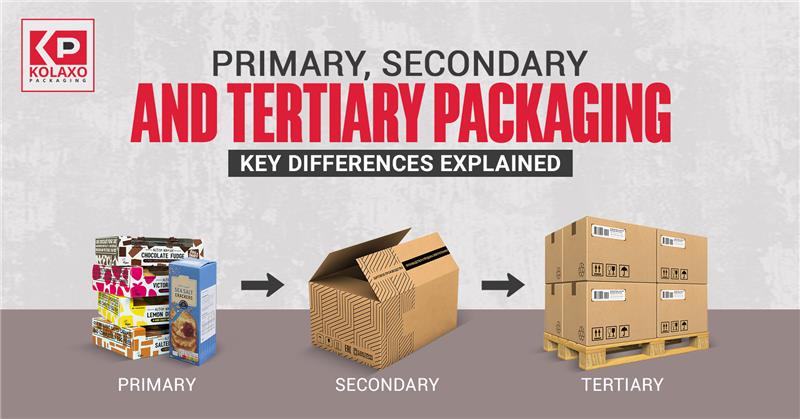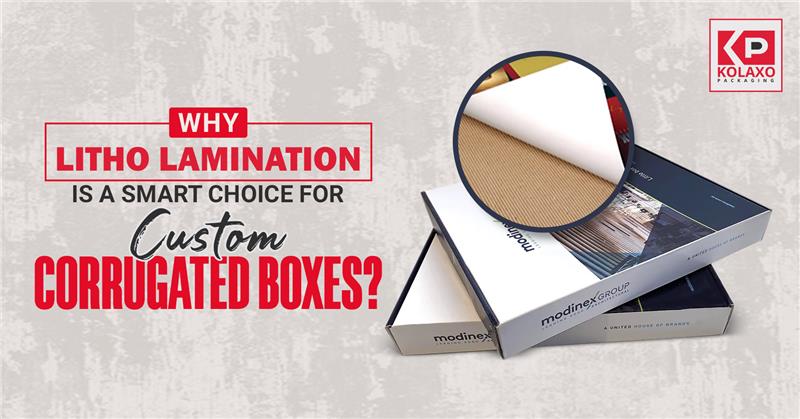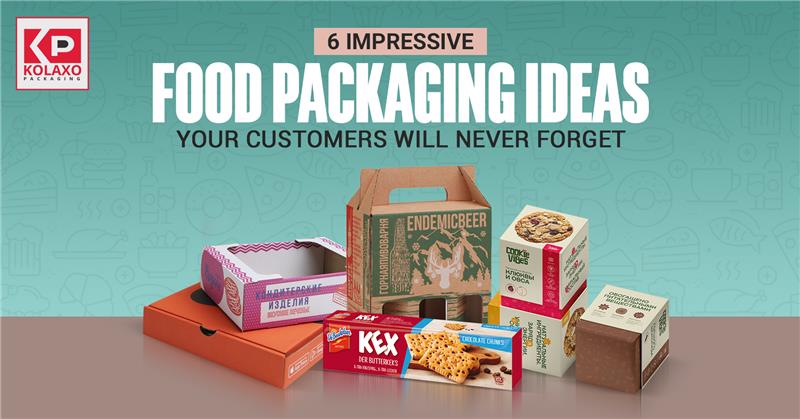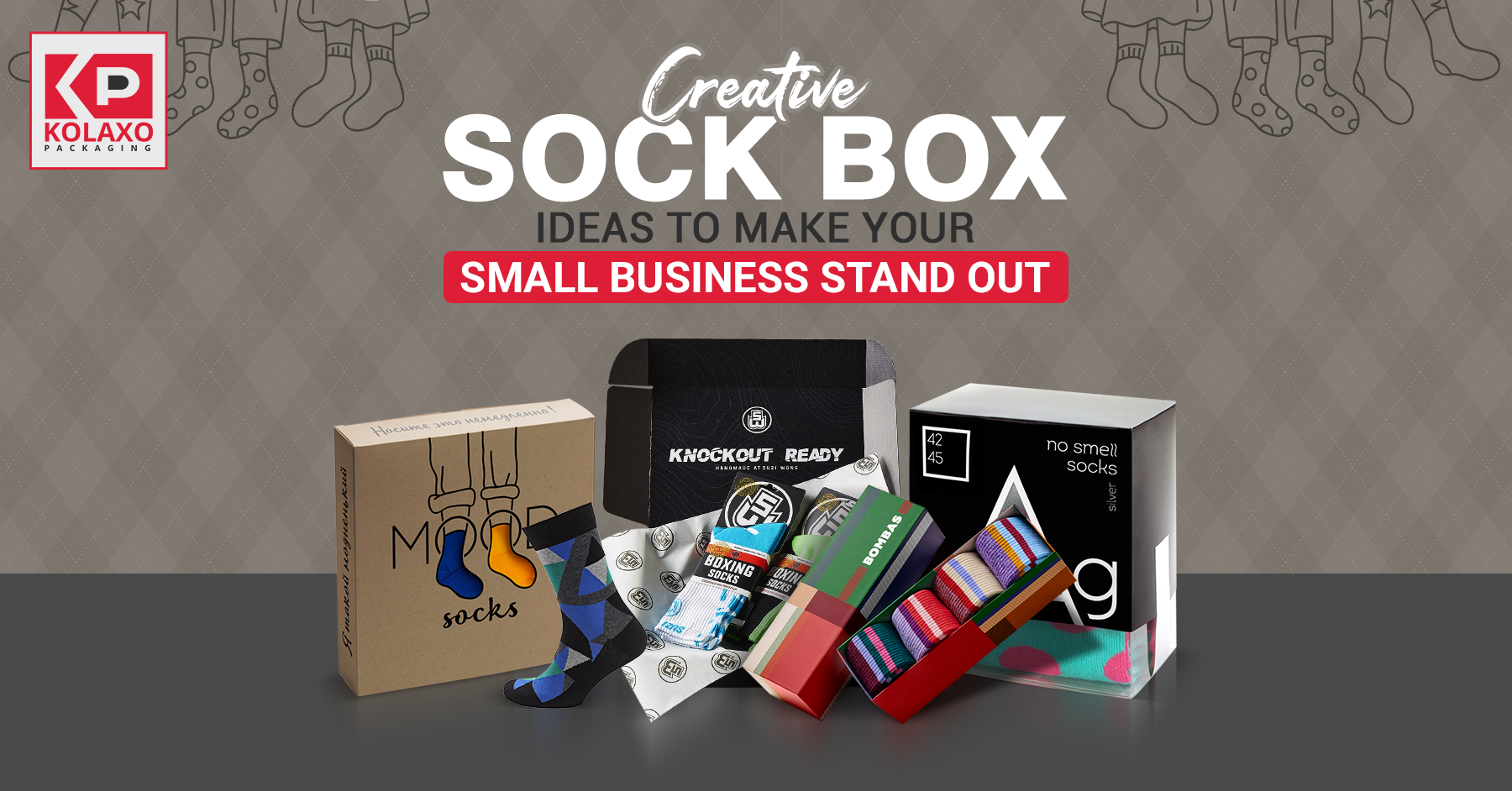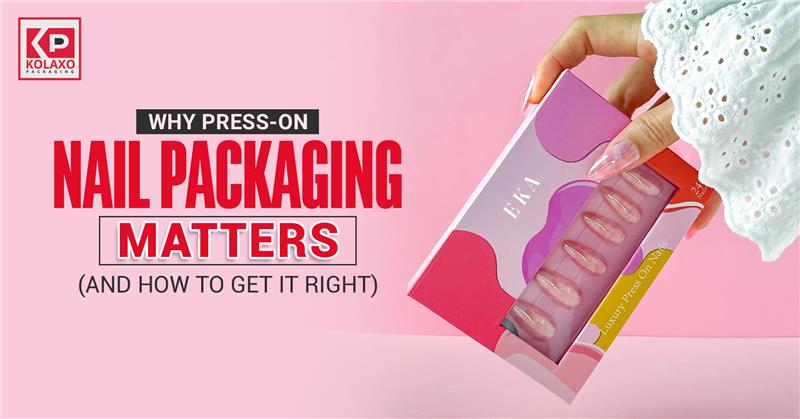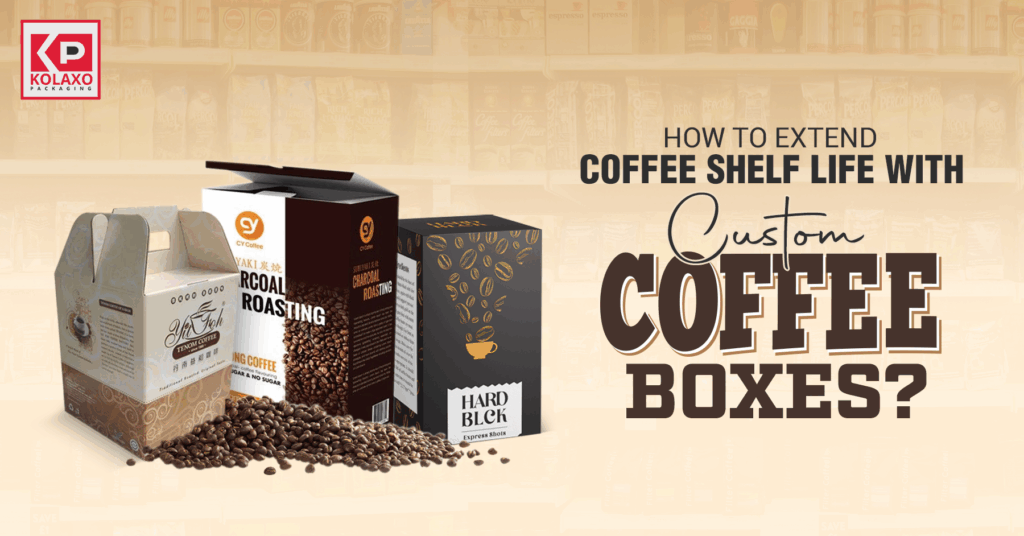
- KolaxopackagingUSA
- May 21, 2025
How to Extend Coffee Shelf Life with Custom Coffee Boxes?
You ever opened a fresh bag of coffee and felt kind of let down? Like, the aroma’s just not there? It smells fine, maybe, but not amazing not that bold, deep scent that makes you want to stand in the kitchen for a minute longer than you need to. It’s frustrating, right? Especially when you know the coffee boxes should be good.
That’s the thing about coffee, it’s a little high-maintenance. The shelf life isn’t terrible, but it’s also not as long as most of us assume. Especially not if you’re keeping it in the wrong kind of packaging.
And if you’re someone who roasts or sells coffee? Yeah, that’s a whole other layer of pressure. Because when the product loses its edge even just a little, your customer probably notices. They might not say anything. But maybe they don’t come back. And that’s kind of worse.
So that’s where custom coffee boxes come in. Not just the pretty, “this would look great on a shelf” kind. But the kind that actually helps keep coffee fresh. Longer than you’d expect, maybe.
Stuff that Ruins your Coffee
Let’s just lay it out.
Your coffee whether it’s whole bean or ground has a few natural enemies:
- Air
- Moisture
- Light
- Heat
Air, especially, is the big one. The second those beans get exposed to oxygen, the oils start to break down. And those oils? That’s where all the flavor lives. Moisture can cause clumping or mold (especially in humid places which, honestly, is most places half the year).
Light breaks down flavor compounds, and heat just speeds the whole decline up. It’s kind of unfair, how quickly something that smells so perfect can just flatten out.
So What Do Custom Coffee Boxes Actually Do?
Okay, so when people say “custom packaging,” they often think of branding first. Like colors, fonts, textures, the fun tactile stuff. And that’s definitely important — people do judge a coffee by its box.
But when you’re thinking about shelf life, it’s not just about how it looks. It’s about how it works.
A well-designed coffee box isn’t just decoration. It can:
- Limit oxygen exposure, especially if it works in tandem with sealed coffee bags that have degassing valves.
- Shield against light, with solid materials or coated interiors.
- Create a stable mini-environment, where sudden changes in humidity or temperature have less impact.
- Keep the coffee bag intact, no tears, punctures, or crushed corners that might mess with the seal.
Some boxes even come with inserts or compartments to hold the bag snugly. It seems excessive until you have had coffee that tastes flat because the bag got bent or half-opened during delivery.
There’s Packaging and then There’s Smart Packaging
If you’re looking to actually make a difference in how long your coffee lasts, here are a few things to consider with custom boxes:
- Material matters. Go for food-safe, coated cardboard boxes or even layered designs that have a foil lining. Those help block light and moisture better than plain kraft.
- Snug fit. A loose box might rattle around during shipping, damaging the bag or letting in air if it wiggles open.
- Recloseable design. Some brands are starting to design boxes that customers can actually reuse for storage like magnetic flaps, tab locks, that sort of thing. It’s small, but it helps.
- Room for instructions. Not flashy, but adding a little guidance like how to store the coffee once opened makes a bigger impact than you’d expect. A friend once told me she kept her coffee in the fridge for years because no one ever told her not to. And yeah, it tasted, not great.
A Quick Side Note
Custom packaging isn’t going to save bad coffee. If the beans are roasted too long ago or exposed to air for too long before being sealed, it doesn’t matter how nice the box is. The damage is kind of done.
But if you’re already putting care into your beans like sourcing well, roasting carefully, it makes sense to go the extra step. The box is, weirdly, the last piece of the experience.
I once got a small-batch coffee in this incredibly sleek, matte-black box with a gold foil logo. But when I opened it? The bag inside was half-deflated, no valve, and the roast date was fuzzy.
The coffee tasted like cardboard. And I wanted to love it, but now that brand is just stuck in my memory as the one that looked great and tasted like disappointment.
Storage Tips that Still Matter
Even the best packaging can only do so much if the coffee ends up sitting next to your stove or on a sunny windowsill. A few simple habits and yeah, you probably already know these, but reminders never hurt can make a big difference:
- Store in a cool, dry, dark place. Cupboards away from heat sources are best.
- Keep it sealed tight after opening either in its original bag or in a container that doesn’t breathe.
- Don’t freeze it unless it’s vacuum-sealed and unopened.
- And absolutely, definitely don’t refrigerate it. The moisture in there is just waiting to mess things up.
Is it Worth Investing in Custom Coffee Boxes?
If you’re just storing your own coffee at home, maybe not. But if you’re running a coffee brand, or even just selling bags at a market or local shop, then honestly yeah, it’s a little thing that does a lot.
People notice the freshness. They might not always say it out loud, but they remember how your coffee made them feel on a groggy Tuesday morning. And if your packaging helped preserve that? That’s kind of powerful.
And who knows maybe the next time someone opens your bag, they’ll get that hit of roasted magic and go, oh wow, this smells amazing. Because really isn’t that what it’s all about?
